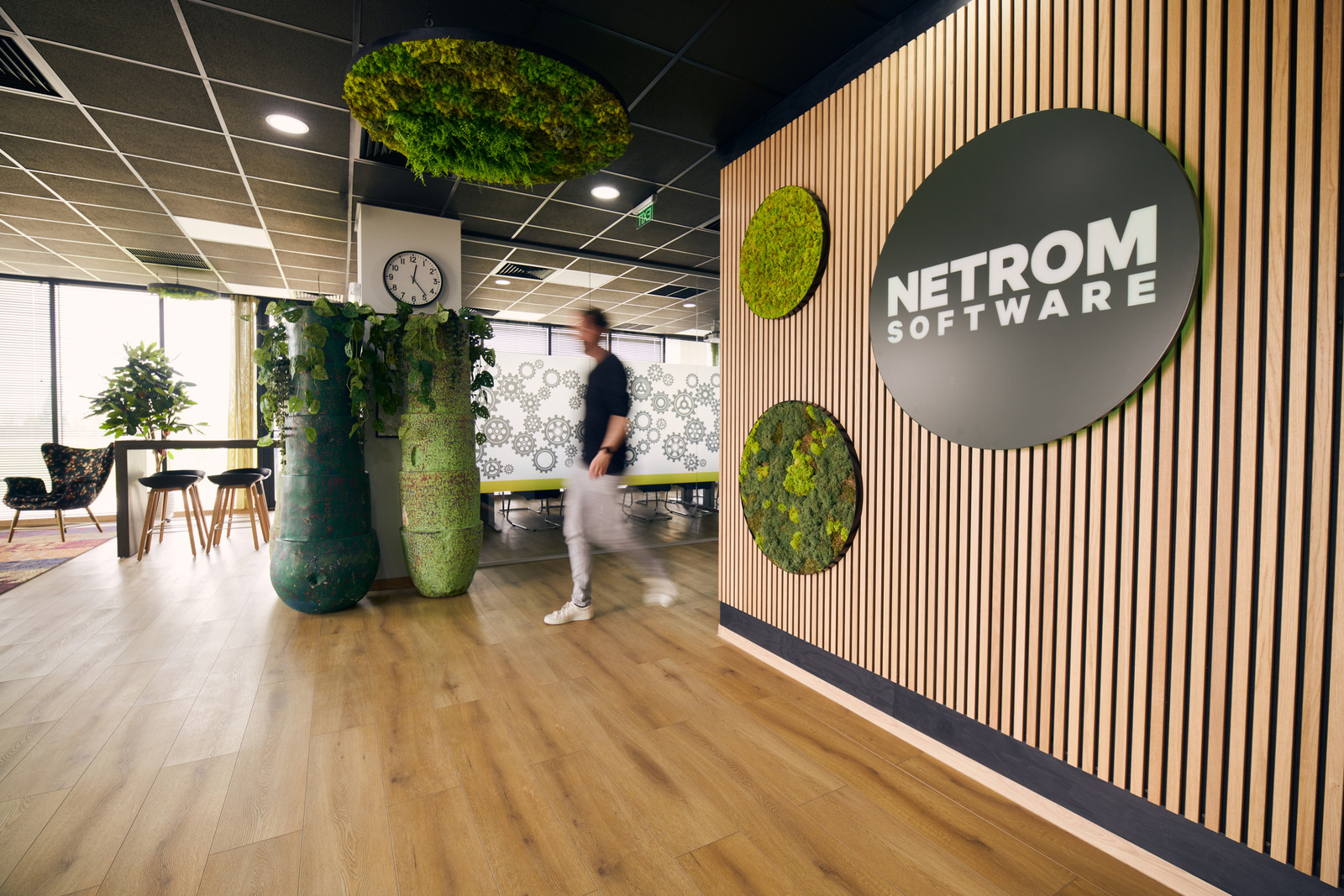Insights
NetRom Software regularly posts news items, relevant blog postings and in-depth background articles. In this way we provide insight into what we are doing, what NetRom considers important and where we are going.
NetRom Software regularly posts news items, relevant blog postings and in-depth background articles. In this way we provide insight into what we are doing, what NetRom considers important and where we are going.
